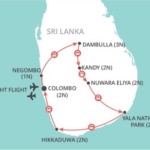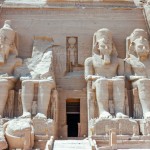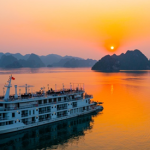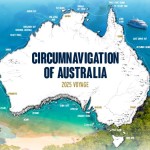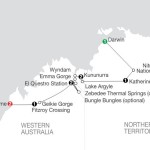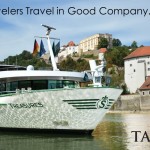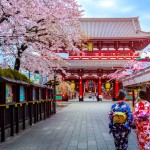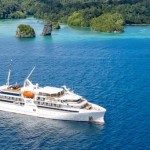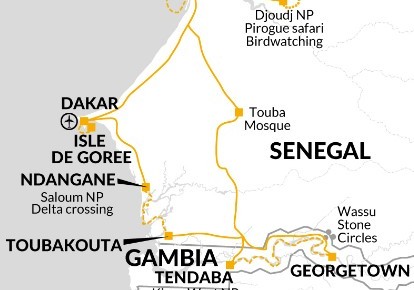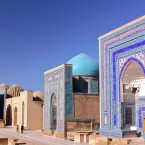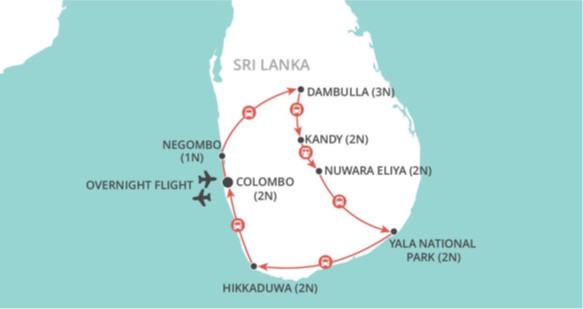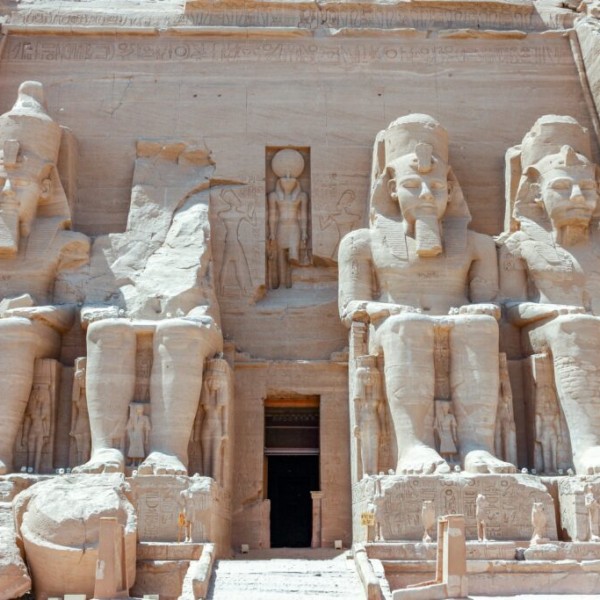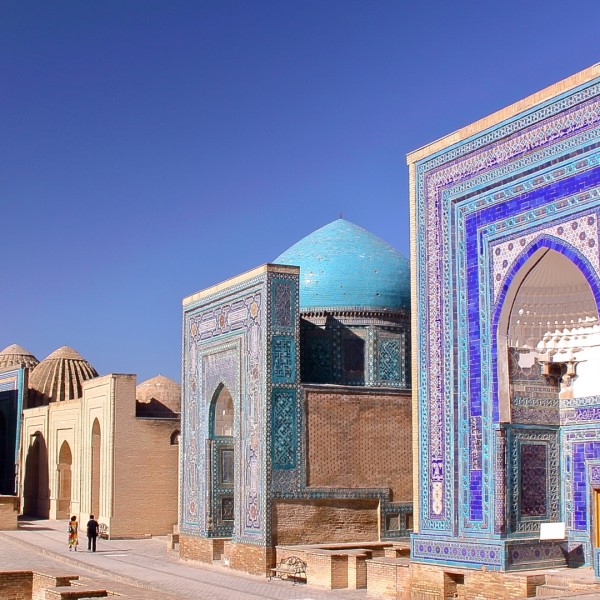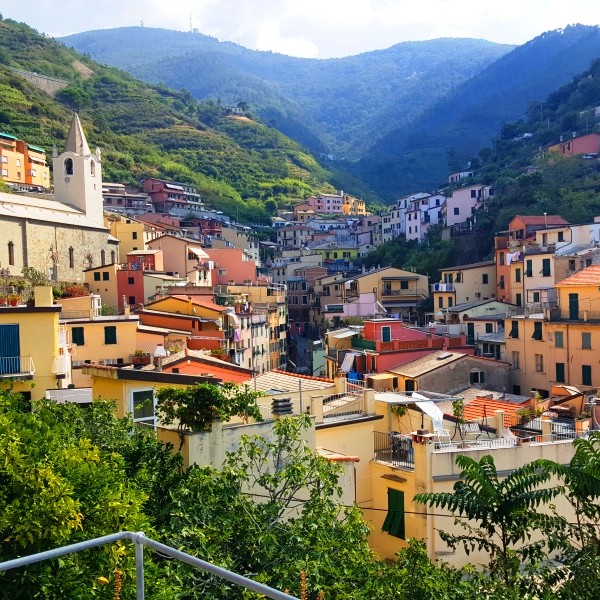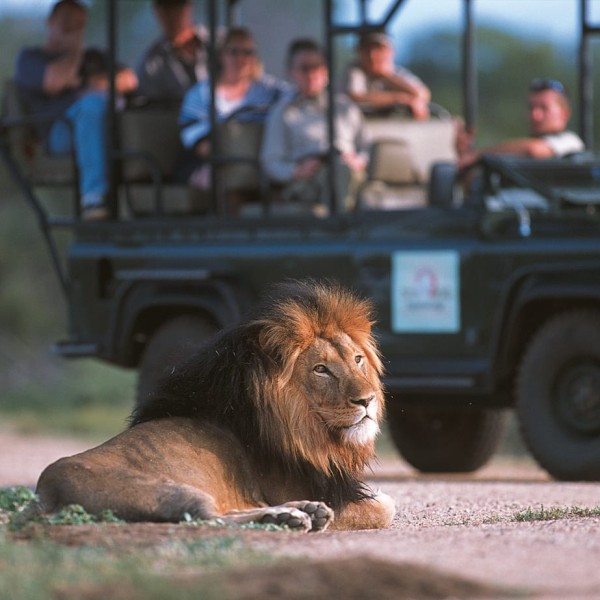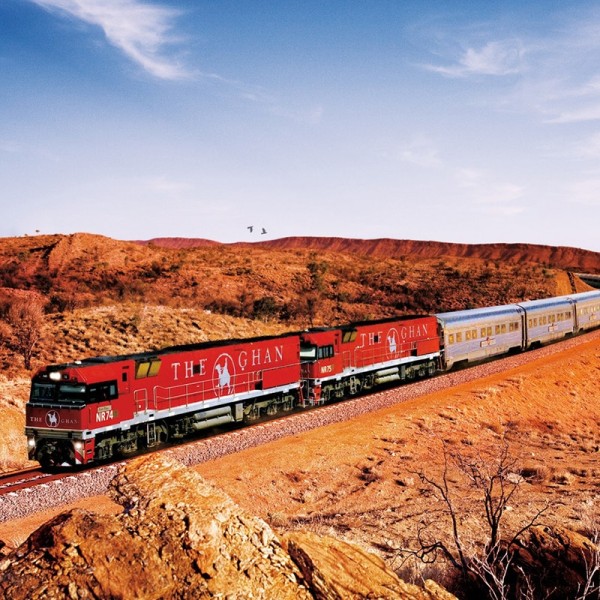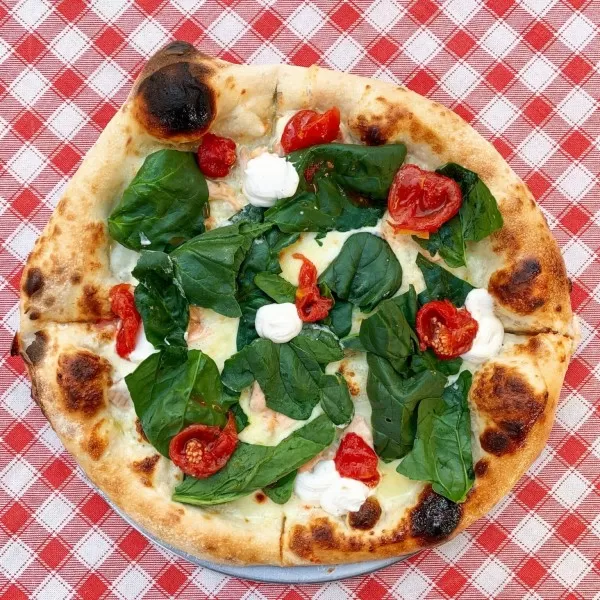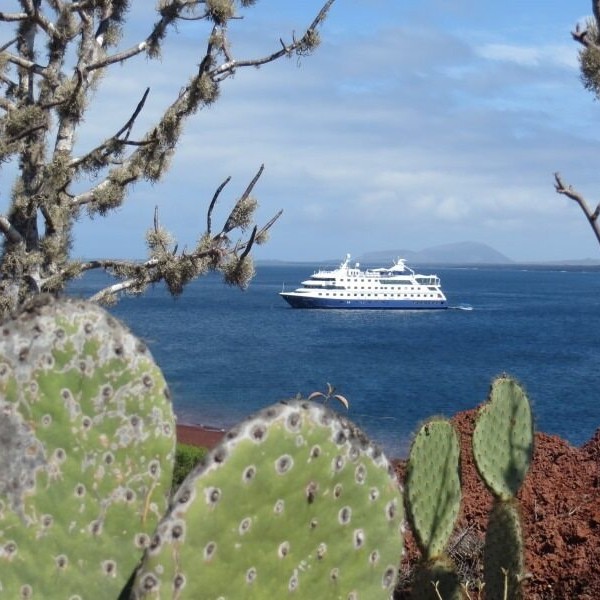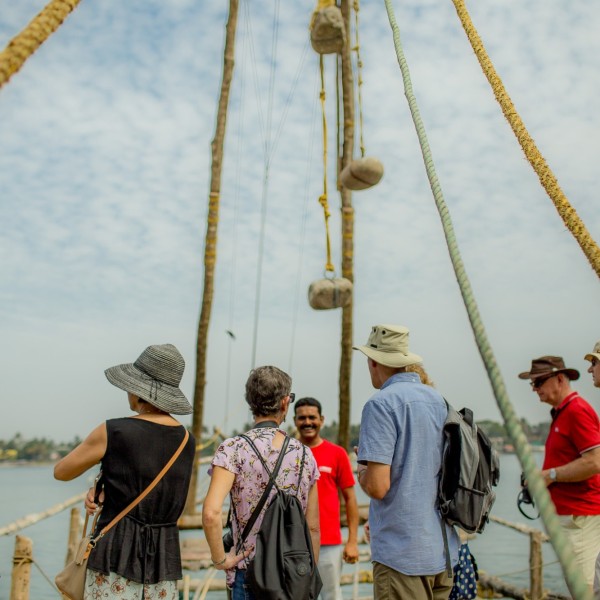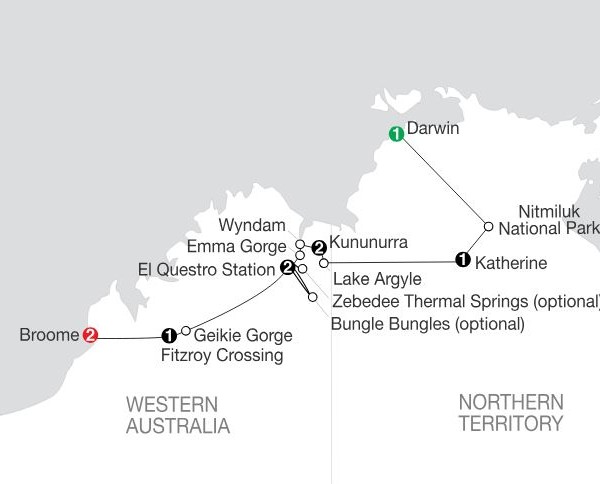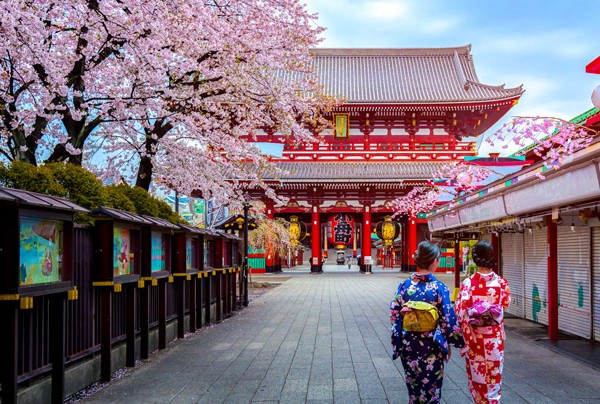Why book this trip?
Discover tropical Anglo-influenced Gambia and exotic Francophile Senegal, and compare the colonial imprints in this beautiful region on this West African adventure. Walk through slow-paced French colonial towns, see prolific birdlife and explore some of the region’s finest national parks.
- Djoudj – Visit one of the most important bird sanctuaries in the world
- Gambia River – Sleep aboard a boat on the mighty Gambia River and sail through tropical forest, bamboo groves, rice paddies and mangroves
- Saloum Delta – Explore the river delta by traditional pirogue boat passing through mangroves looking for a range of aquatic birds
Itinerary
- DAY 1 – Join trip in Dakar (Senegal)
-
Arrive in Dakar, the capital city of Senegal. Dakar is one of the main sea ports on the west African coast, and it’s thought the name derives from Wolof word for the tamarind tree.
For those arriving on time our Leader plans to meet you in the hotel reception at 6pm and for those that wish, there is the chance to go out for dinner. There are no activities planned today, so you are free to arrive in Dakar at any time. If you would like to receive a complimentary airport transfer today, you’ll need to arrive into Blaise Diagne International Airport (DSS), which is about one hours’ drive from the city centre.
Our welcome meeting will take place on the morning of day two at 8.30am. If you have free time on arrival, you may choose to take in the atmosphere at one of the markets.
- DAY 2 – Ferry to the Island of Goree; Visit this UNESCO World Heritage Site
-
After a relaxed breakfast our leader will complete the welcome meeting before we will drive to the ferry terminal to take a ferry to Isle de Goree, a small and peaceful island without any traffic. The ferry crossing takes around 30 minutes, and on arrival we’ll drop off our luggage before a guided tour of Isle de Goree on foot. Once a busy trading centre during the 18th and 19th centuries, the island is now a UNESCO World Heritage Site. The town’s architecture may make you feel you have been transported in time to an old-world Mediterranean district, due to the island’s charming colonial-style houses, wrought-iron balconies, narrow streets and brightly coloured bougainvillea. Le Castel is situated on a rocky plateau with its fortifications dating back to different periods, and we’ll also explore the old Slave House originally built in 1786. This evening will be free to relax.
- DAY 3 – Visit to the Pink Lake followed by an afternoon drive to the old French Capital of West Africa; St. Louis
-
This morning we return to the mainland by ferry and drive to Lac Rose – the Pink Lake. This large shallow lagoon is extremely salty and is also renowned for its pink tinge, caused by the high concentrations of minerals in the water. We’ll have a 30 minute walk around the lake followed by free time for a lunchbreak. The pink hues change during the day and from season to season but no matter the time of year the locals can be seen out on the lake working hard to collect salt into baskets on their small boats.
This afternoon we will drive to north for around 4.5 hours to St. Louis. Once the French capital city of West Africa, St. Louis is colourful, charming and full of culture. Jazz music is the rhythm of the city which is now a UNESCO World Heritage, and the evening will be free to explore. For dinner you may wish to try the local dish of Thieboudienne, a mix of fish, tomato, rice and vegetables created in St. Louis.
- DAY 4 – Djoudj bird reserve and St Louis;- Visit a charming french colonial town
-
An early start to visit Djoudj National Park, regarded as one of the most important bird reserves in the world. This national park provides the first major water source for migratory birds after their long and gruelling flight over the Sahara desert. We travel by motorised boat along the complex network of channels which lead off the Senegal River. The bird count reaches millions, some species are prevalent such as pelicans – there are as many as 15,000 in the park. We may see them performing an amazing display of synchronised diving for fish and will see a breeding colony. Around three million birds pass through the park annually which includes 400 different species – including herons, white-breasted cormorants, spoonbills, jacanas, Egyptian geese, West African fish eagles and flamingos to name but a few. You may also see crocodile, wild hog, monitor lizard and water python.
Early this afternoon we return back to St. Louis in time for lunch and some free time before exploring this marvellous old town by calesh (horse-drawn carriage) with a local guide. Full of 19th century French colonial buildings, this was the first French settlement in Africa and the Headquarters of Senegambia (the term used to describe the whole region). By the late 18th century St Louis was a busy port and trading centre and was inscribed a UNESCO World Heritage site in 2000.
- DAY 5 – Explore the Langue de Barbarie by motorised pirogue
-
Today we’ll start early for our visit the Langue de Barbarie National Park, located on a thin sandspit in the estuary of the Senegal River, and home to water birds such as flamingos, pelicans, cormorants, herons, egrets and ducks. During the months from November to April, the national park also fills with many more migratory birds from Europe. We’ll take a motorised pirogue across the river to access the national park.
After a morning of exploration, the afternoon is free to relax or wander further around the town. The streets of the St. Louis are narrow, dusty and easy to navigate and are lined with old French-style villas, some of which are slowly crumbling, that still have an air of colonial charm with colourful shutters and iron balconies.
- DAY 6 – Drive to Georgetown (Gambia) via Touba Mosque
-
Early this morning we begin our journey to The Gambia and much of the day will be spent in the bus travelling. We will break up the first leg of this journey with a visit to an astounding mosque in Touba, the sacred focus of the Mouride Islamic brotherhood. Their founder Amadou Bamba, Senegal’s most famous and influential ‘marabout’ (holy man), is buried here and pilgrims visit the town all year round, and as we pass through on a Friday the Mosque is busy with worshippers.
Continuing through the town of Kaolack we enter The Gambia and head east following the route of the river towards Georgetown which was an important administrative centre during the colonial period. Our accommodation this evening is a simple riverside camp made up of simple rondavels with basic ensuite facilities. There is no main electricity but instead limited solar power and no hot water but the fantastic location offers a feel of sleeping within nature while the monkeys and birds add to the wild setting.
- DAY 7 – Cruise along the Gambia River and visit an archaeological mystery, the Wassau Stone Circles
-
The Gambia River flows along the entire length of the country for 300 miles from east to west into the Atlantic Ocean. The banks of the river have been inhabited since 2000 BC and slave ships once travelled along its course exporting slaves. We spend the next two days on this mighty waterway, cruising downstream in a converted groundnut boat, passing tropical forest, bamboo groves, rice paddies and mangrove swamps. Amongst the varied fauna present in this area are monkeys, hippos, crocodiles and of course a great number of bird species. Early this morning we will board our home for the next two nights and begin our journey down the Gambia.
Along the way today we will visit the Wassu Stone Circles by bush taxi. There are several circles each consisting of about 10 to 24, reddish-brown stones between one and 2.5m high and weighing several tons. These were once burial sites dating back to 500 to 1000 AD, however very little is known about the people who were buried here and the stones still present a mystery to archaeologists.
We spend one overnight on board a motor cruiser. Facilities on board are simple with a western-style toilet, a small kitchen and bar. At night we sleep in a communal setting on the upper deck on mattresses, and during the day time can be spent relaxing on the upper deck in the sun or on the lower deck with seating in the shade.
- DAY 8 – Bird and wildlife spotting as we cruise down the river; afternoon arrival at Tendaba river camp
-
This morning we continue our gentle cruise downstream, with time to take in the flora and wildlife along the river banks. The crew will put together lunch on the boat before arriving in the small settlement of Tendaba on the Gambia’s south bank in the late afternoon.
On arrival we leave our boat and check in to our rondavel style accommodation, home for the next two nights, on the shores of the Gambia River. The next couple of days will be a break from the hustle and bustle of normal life, as our accommodation is set on the water’s edge, it’s a great chance to explore the natural surroundings, take a swim in the pool and spot the resident birdlife. Due to the camp’s rural setting electricity and hot water can be very limited and outages may occur.
- DAY 9 – At Tendaba; visits to Kiang West and Bao Bolong Wetland Reserves
-
This morning we take a drive in Kiang West National Park. One of the largest protected areas in Gambia it boasts the largest and most diverse animal population in the country among is mangrove, grass and woodland. We’ll be looking for baboons, colobus monkeys, warthog, marsh mongoose and bushbuck. We’ll return to the camp for lunch.
Later this afternoon we make another excursion by boat to explore the woodland, salt marshes and mangrove forests of nearby Bao Bolong Wetland Reserve. A tributary of the Gambia River, the Bao Bolong is most famous for its birdlife with more than 250 species in the area, including the impressive martial eagle and the bateleur. On return there will be time to relax and have a sundowner as sun sets over the river.
- DAY 10 – Drive to Saloum Delta (Senegal)
-
This morning we begin our journey back into Senegal. We’ll drive for around 90 minutes to a river crossing where we’ll take a ferry journey to Farafenni before continuing to the land border to cross into Senegal. Once we’ve crossed we’ll then continue to Toubakouta, our home for tonight. Today’s journey will take around 5 hours in total but could be longer depending on how long it takes to cross the border.
The afternoon is at your leisure to relax, have a dip in the pool or explore the local area. Our accommodation is rondavels set within the lush grounds of the hotel set on the river bank. This evening there will be the opportunity to join other guests an optional boat excursion.
- DAY 11 – Saolum Delta National Park; pirogue trip north through the Delta to Ndagane
-
This morning we will depart our accommodation and cruise north along the Sine-Saloum Delta by motorised fibre boat for approximately 4-5 hours. We weave our way through the maze of wide channels, past mangroves, open forests, sand islands and villages built on islands constructed with oyster shells. We may also chance upon pelicans and flamingos.
After a packed lunch onboard, we’ll arrive in Ndangane, our destination for tonight where the afternoon will be free to absorb the slower pace of life. Ndangane is a small fishing village often used a base along the Delta, the beach is lined with traditional pirogues and along the main stretch of road there is a small number of bars and craft shops.
- DAY 12 – Visit Senegal’s giant Baobab tree, explore Fadiout Island and return to Dakar
-
Today we depart Saloum Delta National Park to begin our journey back to Dakar. Our first stop, just a short time away is to see a giant Baobab tree. Baobab trees are the national symbol of Senegal, some trees dating back 6,000 years and can only be found in a few places around the world. We’ll have a short stop here before we continue.
Our next stop will be for a guided walking tour Fadiout Islands. This unusual destination is composed of oyster and clam shells, and the inhabitants are both Muslim and Christian who all live together peacefully. The Christian and Muslim cemeteries are built on a huge ancient shell mound and our guide will take us around to help us understand this very unique community.
Later this afternoon we’ll continue on our return journey to Dakar, arriving in time for dinner.
- DAY 13 – Trip ends in Dakar
-
The trip ends after breakfast at our hotel in Dakar.
There are no activities planned today, so you are free to depart from Dakar at any time. If your flight is departing later in the day, luggage storage facilities are available at our hotel. If you would like to receive a complimentary airport transfer today, you need to depart from Blaise Diagne International Airport (DSS), which is about one hours’ drive from the city centre.
Inclusions
INCLUDED MEALS
Breakfast: 12
Lunch: 5
Dinner: 6
TRIP STAFF
Explore Tour Leader
Boat Crew
Driver(s)
Local Guide(s)
TRANSPORT
Bus
4WD
Boat
ACCOMMODATION
1 nights simple boat
1 nights simple guesthouse
5 nights comfortable hotel
1 nights simple rondavels
4 nights comfortable rondavels
Images Courtesy of Explore Worldwide
EXW – SE
Related experiences
Highlights of Sri Lanka for Solo Travellers – 17 days Fully Inclusive Group Tour – Departing 22 November 2024
Departing 22 November 2024 Highlights of Sri Lanka for Solo Travellers Negombo (1N) – Sigiriya (3N) – Kandy (2N) – Nuwara Eliya (2N) – Yala National Park (2N) – Galle (2N) – Colombo (2N) From stunning scenery to amazing architecture, … Continue reading →
Petra to the Pyramids – Departing 24 October 2024
TWIN from NZ$22,598 per person, SINGLE from NZ$26,905 From floating in the Dead Sea more than 400 metres below sea level, to walking through the Siq for your first glimpse of the soaring facade of the Treasury at Petra. From … Continue reading →
Escorted Tour to Vietnam & Cambodia with Anzac Memorials – Departing 01 April 2025
Historic Vietnam & Cambodia Exclusive Escorted Cruise & Land Tour – Auckland Return Tour Northern Vietnam, cruise the Mekong Delta, & visit ANZAC Memorials Escorted from NZ by Mark Nicholls of Mekong Princess Fly, Cruise & Land Tour Auckland – … Continue reading →
Silk Road Odyssey – 29 Days Escorted Tour – 2 departures, departing Christchurch 03 & 10 May 2025
29 Day Small Group Escorted Tour 03 – 31 May 2025 & 10 May-7 June 2025 Escorted by Discover Travel’s Peter Dunne & Lyndon Hadden Tour price from $19,495 per person twin/double share* $22,995 per person in a single room* … Continue reading →
Best of the Med – Departs 03 September 2025
25 DAYS HOSTED JOURNEY DEPARTS: 03 September 2025 COUNTRIES: Spain, France, Italy, Slovenia, Montenegro, Croatia, Multi Country Tours – Europe This exceptional journey starts with a wonderful two days in Barcelona before cruising along the French and Italian coast. We … Continue reading →
The Wonders of Kenya & Tanzania Safari – Departs 13 June 24
Price From: $18,950.00 pp Twin Share or $22,200.00 Single With our 1st tour departure date fully booking out, we have made a 2nd departure date available for those who are still want to join our Wonders of Kenya & Tanzania Safari … Continue reading →
Australian Rail Aboard the Indian Pacific & Ghan Trains – Departs 03 June 2024
Departs: 03 June 2024 Tour Length: 16 Days Price From: $13,450.00pp Twin Share or $16,350.00 Single The Ghan and Indian Pacific train journey is an iconic Australian rail adventure that takes passengers through the heart of the country, from Adelaide to Darwin on … Continue reading →
Italy & Sicily with Island of Capri – Departs 02 June 2024
Departs: 02 June 2024 Tour Length: 28 Days Price From: NZ$22,500.00pp Twin Share or $27,000.00 Single With expert guides leading the way, our Italy and Sicily tour ensures that every step of your journey is filled with wonder and discovery. Whether you’re a … Continue reading →
Grand Tour of South America 34 Days – Departs 03 September 2024
Small group hosted journey Multi Country Tours – South America, Amazon, Argentina, Bolivia, Brazil, Chile, Ecuador, Peru Introduction Amazonian rainforest, Incan ruins, colonial towns, white sandy beaches, and unique wildlife – the wonders of South America make for an incredible … Continue reading →
Classic South India
Discover a thousand shades of green, indulge in some of the continent’s freshest food, and share moments of connection with locals on this 13-day tour. Travel down the scenic East Coast Road into the countryside and across to the west … Continue reading →
2024 Contrasts of The Kimberley with Globus Tours
Save $800 per couple!* Get in quick and save on our most popular Australian tour, Contrasts of the Kimberley. Save $400 per person on any 2024 departure when you book and deposit by 31 January 2024. Book today and take … Continue reading →
Solo travel just got sweeter in North America!
Cosmos is making it easy for solo travellers to explore the USA and Canada by waiving the single supplement fee on select 2024 tours!* In 2024, Cosmos is making it easy to go your own way by waiving the single … Continue reading →
Japan Uncovered with Wendy Wu Tours – save $1000 per person
Japan Uncovered with Wendy Wu Tours Our most extensive tour of Japan includes all the classic sights and key cultural activities. Featuring modern cities, historical sights and beautiful landscapes ensuring you get the most from this fascinating land. Includes: International … Continue reading →
